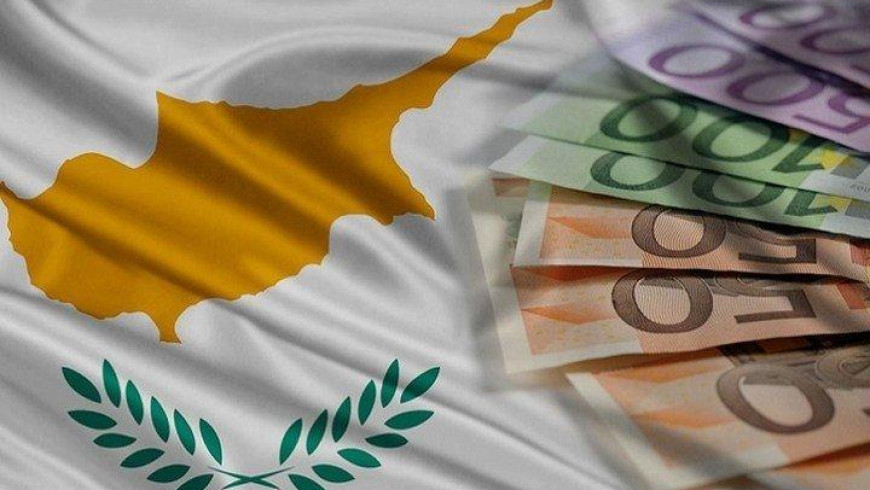
In 2023 Cyprus' GDP per capita was at 95% of that of the EU, according to data on living standard indicators published by the Statistical Service on Friday.
In purchasing power units, Cyprus' GDP per capita is 35,700, compared to 37,600 in the EU (1pps=€1).
Unemployment, inflation, life expectancy
The unemployment rate in Cyprus in 2023 stood at 6.1%, compared to 6% in the EU. The long-term unemployment rate as a percentage of total unemployment in Cyprus is 31% compared to 35% in the EU.
Harmonised inflation in Cyprus in 2023 was at 3.9%, compared to 6.4% in the EU. The annual change in electricity is higher in Cyprus than in the EU, at 7.9% compared to 1.3% in the EU, with the kilowatt-hour at €0.37 in Cyprus compared to €0.29 in the EU.
Cyprus had lower inflation than the EU average in services and food, at 3.6% and 7.6% respectively, compared with 5.6% and 12.7%. In addition, Cyprus recorded a larger decrease in fuel, by 6.6% compared to 3.7% in the EU.
The life expectancy of men and women in Cyprus, according to provisional data, is higher than the EU average. For men it is 80.4 years, compared to 78.9 in the EU and for women 84.7 years compared to 84.2 in the EU.
The average annual disposable income of households in Cyprus in 2023 was €38,147, up by 6.86% compared to 2022 and 23.83% compared to 2018. Per person, the average annual equivalent disposable income was €22,171 compared to €23,067 in the EU. However, at purchasing power parity, the average annual disposable income equivalent in Cyprus was higher than in the EU (22,614) at 24,096 pps. The median national equivalent disposable income was €18,873.
The percentage of the population at risk of monetary poverty stood at 13.9% of the population, compared to 16.2% in the EU, with the monetary at-risk-of-poverty threshold set for 2023 at €11,324 for Cyprus.
It is also noted that 7.9% of the population is classified in the upper income class, with a median equivalent disposable income of €46,711. 64.1% of the population is classified in the middle class, with a median equivalised disposable income ranging from €16,368 (lower middle class) to €31,267 (upper middle class), while 28% of the population is classified in the lowest income class, with a median equivalent disposable income of €11,339.
Cyprus ranks 9th in the EU in terms of the minimum wage (€1000), with the highest minimum wage being paid in Luxembourg (€2,570.9) and the lowest in Bulgaria (€477). In purchasing power parity terms, Cyprus' minimum wage ranks 13th in the EU, with countries such as Poland, Lithuania, Romania and Croatia ranking above Cyprus, although their minimum wage is lower.
The percentage of the population with severe material and social deprivation in Cyprus is well below the EU average (6.8%) and stands at 2.4%. The same applies to the percentage of the population living in households facing excessive housing costs, which in Cyprus amounts to 2.6%, compared to 8.8% in the EU. Furthermore, 98.8% of the population can afford to have a car in their household, compared to 94.4% in the EU.
Nevertheless, 9% in Cyprus are late in paying their utility bills, compared to 6.9% in the EU. In addition, 1.2% of the population classified in the upper income class were late in repaying the instalments of their main house loan or rent. Similarly, the percentage in the middle class rises to 26.4%, while in the lower income class 31.6% were in arrears.
More mobile subscriptions than residents
According to the Statistical Service, there are 1,536 mobile subscriptions per 1,000 residents in Cyprus, while according to the data, 92.3% of households in Cyprus have access to the internet, compared to 93.1% in the EU.
Among businesses with more than 10 employees, 68.8% have a website, compared to 78.1% in the EU, while 56.8% of people in Cyprus shop online, compared to 69.6% in the EU.














 3287.99
3287.99 1275.09
1275.09
